Top 10 Chinese New Year Lucky Foods and Symblism
As a popular Chinese saying goes, food is heaven for the people. It is not surprising that food plays a major role in any Chinese festivals. Chinese people celebrate every traditional festival with the lucky food – which blends fruits and vegetables, meat and chicken, let alone Spring Festival – the most important festival all year round to celebrate the Lunar New Year.
During Spring Festival, a range of "lucky" foods are served to celebrating Chinese New Year, and forming the Chinese New Year food traditions. As the food names are homophones for words that mean good things, they are consumed to usher in wealth, happiness, and good fortune. Here's the list of 10 most popular Chinese New Year foods that families will prepare for the 15-day-long celebration.
Lucky Food for Chinese New Year #1 - Fish

Fish is always a must Chinese New Year food because it is a symbol of prosperity. The pronunciation of "fish" (鱼 yú) in Chinese makes it a homophone for "surplus" (余), with a good wish for the next successful year.. It is customary to serve a fish for the New Year's Eve dinner.
Usually, fish is not cut into pieces, but cooked as a whole. When fish is placed on the dining table, its head must be at the elders, as a sign of respect. In most areas, fish is not eaten completely (and the remainder is stored overnight), as the Chinese phrase "may there be surpluses every year" (年年有余 nián nián yǒu yú) sounds the same as "may there be fish every year".
Lucky Food for Chinese New Year #2 - Dumplings

Another Chinese New Year food, dumplings or Jiaozi are one of the major foods eaten during the Spring Festival and year round in the Northern provinces. Jiaozi symbolize wealth because its shape resembles a gold or silver ingot and it is given a hope for getting more money in the New Year. Chinese people make dumplings after reunion dinner on Lunar New Year's Eve, and the preparation is similar to packaging luck inside the dumpling.
When people eat Jiaozi around midnight during Lunar New Year, they hope that it will bring prosperity and good luck for the forthcoming year.
Lucky Food for Chinese New Year #3 - Glutinous Rice Balls (Tangyuan)
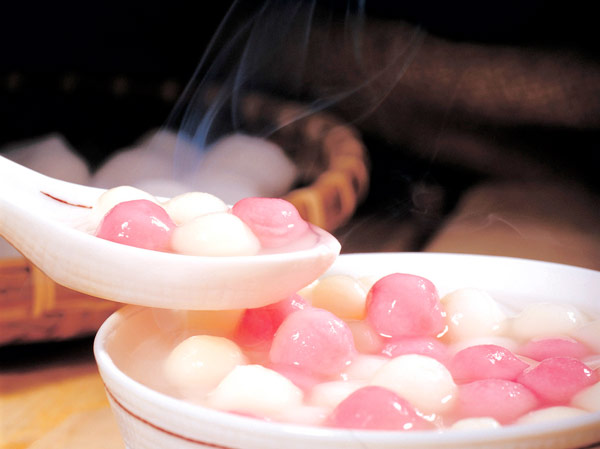
Glutinous Rice Balls also called Tangyuan and Yuexiao, is a boiled glutinous rice ball stuffed with sugar, sesame, rose petals, bean paste or others. Its name "Tang-yuan" (汤圆 Tāngyuán) in Chinese has similar pronunciation as the word for "reunion", symbolizing family unity, completeness and happiness.
According to the Chinese New Year food traditions, Tangyuan is eaten on Lantern Festival, which falls on the 15th day of the 1st month in Chinese lunar calendar. Thus, Chinese people also call the day "Yuanxiao Festival". It officially ends the 15-day Chinese New Year celebrations.
Lucky Food for Chinese New Year #4– Niangao (Glutinous Rice Cake)
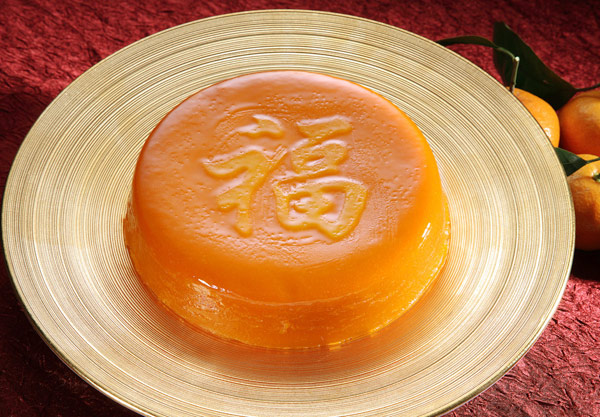
The most popular Chinese New Year food, glutinous rice cake or Niangao (年糕 Niángāo) literally means "Chinese new year cake" with a homophonous meaning of "higher year". It is a kind of sticky cake made of glutinous rice flour and sugar in the shape of rectangle or circular. The color of the sugar used determines the color of Niaogao (white or brown). Chinese people usually send pieces of it as gifts to relatives and friends in the coming days of the New Year. It is considered good luck to eat nian gao during Lunar New Year, for its symbolism of "promoting year by year".
Lucky Food for Chinese New Year #5 - Spring Rolls
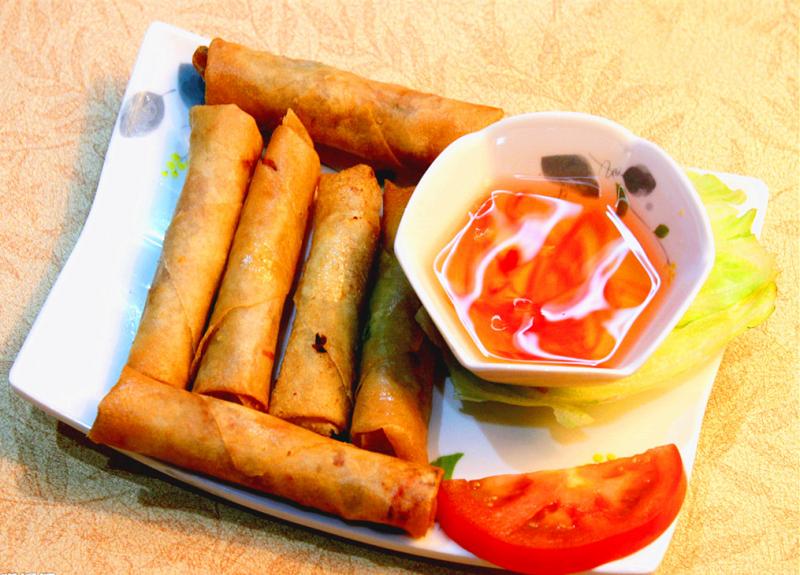
An important dish of China’s culinary culture, spring rolls represent blessings and good fortunate, and is surely on the list of traditional Chinese New Year food.
Spring rolls evolved from the ancient custom of eating spring dishes on the day of the start of spring in the Jin Dynasty. It rolled five kinds of spicy vegetables, such as small garlic, garlic, leek, brassica, coriander, for people to eat in the spring to promote the circulation of qi inside the five viscera. In the Yuan Dynasty, there were records of wrapping spring rolls with fillings and eating them after frying. By the Qing Dynasty, the name spring rolls were give the current name.
To make spring rolls, there are generally four processes: making the wrapper, making the stuffing, wrap the stuffing and frying.
Lucky Food for Chinese New Year #6 - Noodles
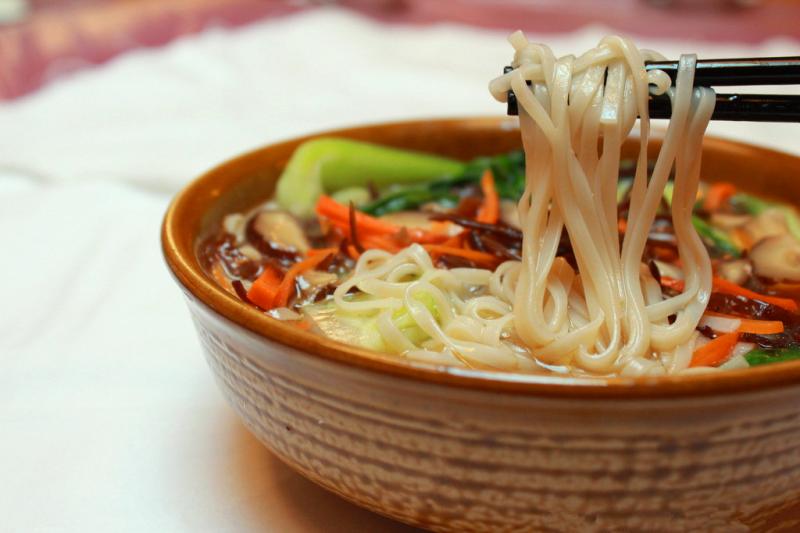
Noodles are on the Chinese New Year food list in many places of China, and often eaten in the seventh day of the Chinese New Year. Why the seventh day?
The seventh days is often referred to as the "day of human". The idea is originated from the ancient legends, going that nuwa created the world of all living beings, and made the first day of chicken, the second day of dogs, the third day of pigs, the fourth day of sheep, the fifth day of cow, the sixth day of horse, and the seventh of human. So the seventh day is called the day of human, which is the birthday of human.
There has always been a tradition of eating noodles on the birthday in China. Noodles symbolize a long life, and you’re discouraged to cut them. So of course there will be a traditional custom of eating noodles on the birthday of the seventh day of Chinese New Year.
>> Also read 8 Famous Noodles to Try in China
Lucky Food for Chinese New Year #7 - Chicken
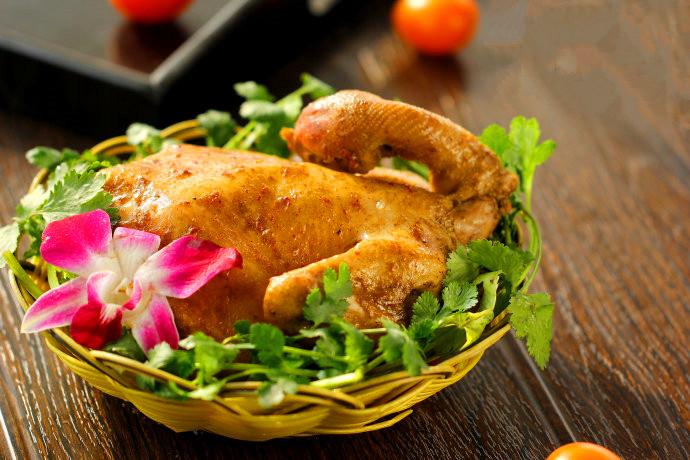
In addition to the essential food for Lunar New Year -- jiaozi in the north and Niangao in the South, other dishes on the table are surprisingly similar in terms of ingredients, regardless of the differences in cooking methods. For example, there must be fish on the table, there must be chicken and so on.
A whole chicken served during the Chinese Spring Festival symbolizes the family union. Chicken feet are must for labor force and businessmen to collect money, while chicken wings for young people to fly high and get a good future. For some parts in Hubei province in Central China, people will have the chicken soup for the hope of wellness, health and safety.
Lucky Food for Chinese New Year #8 - Bean Sprout
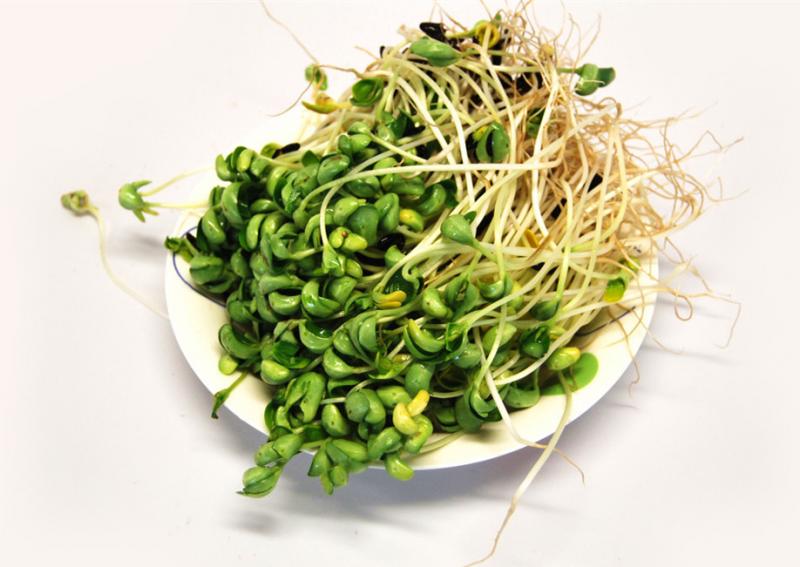
Bean sprout, colored in white and green, shaped like jade ruyi, thus a white-and-green ruyi. Ruyi, in Chinese, literally means fulfilling one’s wishes. Therefore, eating bean sprouts in Spring Festival symbolize all the best in the New Year. In Shanghai, bean sprout is a popular dish for family reunion dinner on Lunar New Year Eve, and represents promotion at work and making a fortune.
Lucky Food for Chinese New Year #9 - Meat/Pork
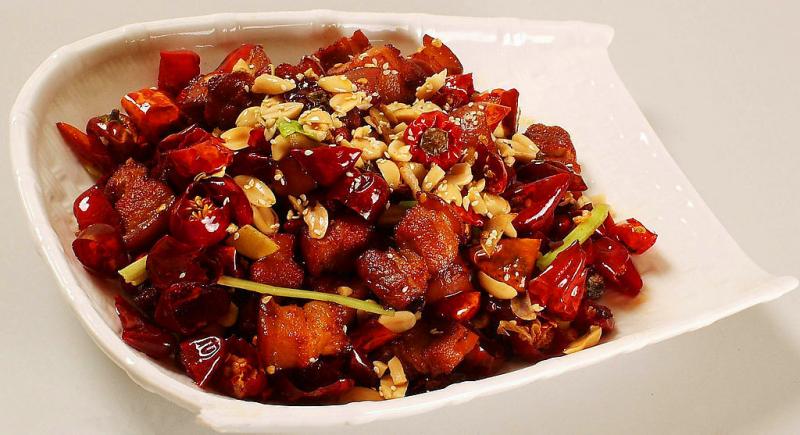
Many Chinese New Year foods involves meat, including braised pork in brown sauce, meatballs, steamed pork with rice flour, stir-fried pork slices, etc.
In the past, the common people lived a very poor life and could not have many meat dishes a year, so they wished to eat much meat during the Spring Festival. Families raising pigs began to kill pigs. Families without pigs went to the market to buy a piece of meat. On the 26th day of the 12th lunar Chinese month, people usually eat braised pork, also known as “Nian Meat”. The meat should be stewed to red shine, a symbol of thriving and happiness in the New Year. There are even more meat dishes on New Year's Eve and the first day of the first Lunar month.
As the saying goes, a Lunar New Year is not complete without eating meat. Whether in the South China or the North China, the coastal areas or inland cities, there is always lucky meat dishes for Chinese New Year. In a way, eating meat is the real meaning of Spring Festival.
>> Also read Top 10 Meat Dishes for Chinese Spring Festival
Lucky Food for Chinese New Year #10 - Candies
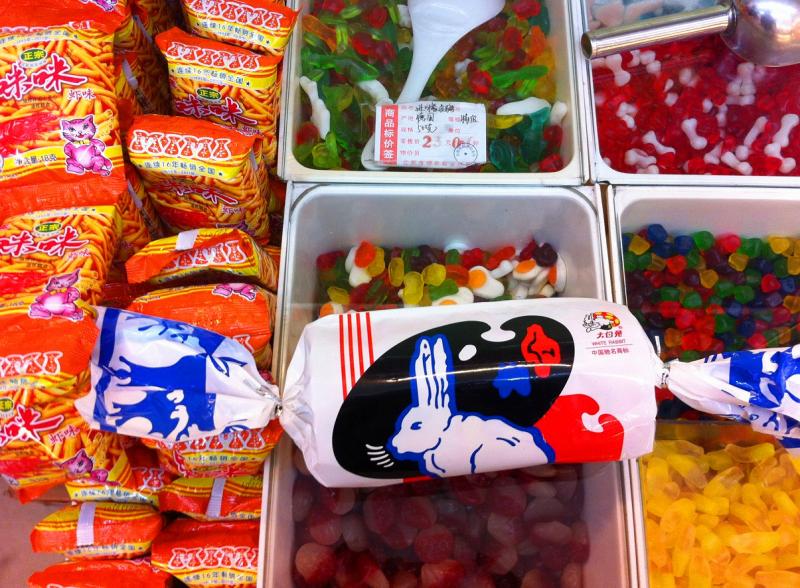
Candies symbolize a happy, sweet life. So of course candy is one of the traditional lucky foods for Spring Festival. In fact, traditionally, candies should be eaten on the 23rd day of the 12th month of the Lunar New Year. Because on that day, people will worship the kitchen god and bribe him with the candies so that he can say make a pitch to the sky for human.